- Employees are working longer and retiring at a later age
- Each day, there are over 10,000 Americans reaching age 65 and becoming eligible for Medicare
At R&R Insurance Services we continue to provide our Medicare counseling services to the employees and dependents of our clients to understand their insurance options. All too often an employee overlooks their Medicare eligibility if they elect to work beyond age 65. However, this may not be their best insurance option when you factor in their cost of insurance (employee contribution) and the plan deductible.
With most employers embracing a high deductible health plan, employees or dependents of employees who reach age 65 can exercise their option to enroll into Medicare and waive the employer’s group medical plan. Often the cost to elect Medicare Part B and a corresponding private supplement or Advantage plan can result in a medical plan with a $0 deductible and lower direct premium costs.
Our health insurance experts are ready to help you with your needs. Click here to meet our team.

 According to a study, 81% of large employers and 49% of small employers offer wellness programs to their employees. Aimed to improve employees’ overall well-being, these programs are often centered around weight loss, smoking cessation, and walking.
According to a study, 81% of large employers and 49% of small employers offer wellness programs to their employees. Aimed to improve employees’ overall well-being, these programs are often centered around weight loss, smoking cessation, and walking. In CNA Insurance's 2016 "Claim Report", they recap the statistics behind dental claims for the year. Below are a few that stuck out to me - all the more reason that we make sure your Practice is properly covered.
In CNA Insurance's 2016 "Claim Report", they recap the statistics behind dental claims for the year. Below are a few that stuck out to me - all the more reason that we make sure your Practice is properly covered.  As you become eligible for Medicare, you have options for your health insurance coverage. R&R Insurance has an Individual Health Insurance Department that can help you determine which plan would be best for you. The months leading up to your Medicare eligibility can be particularly overwhelming as many insurance companies will begin sending you mailings about the plans that they offer.
As you become eligible for Medicare, you have options for your health insurance coverage. R&R Insurance has an Individual Health Insurance Department that can help you determine which plan would be best for you. The months leading up to your Medicare eligibility can be particularly overwhelming as many insurance companies will begin sending you mailings about the plans that they offer. Safety and Health Administration announced a delay in enforcement of the
Safety and Health Administration announced a delay in enforcement of the  he growing network of internet connected devices are continuously changing the way we live and work. Nowadays it is not surprising to find computing devices embedded in everyday objects, enabling them to send and receive data via the internet.
he growing network of internet connected devices are continuously changing the way we live and work. Nowadays it is not surprising to find computing devices embedded in everyday objects, enabling them to send and receive data via the internet. You have a small business, your company doesn’t own any automobiles, and no one drives for their job… you don’t need any auto policy, right? Wrong!
You have a small business, your company doesn’t own any automobiles, and no one drives for their job… you don’t need any auto policy, right? Wrong!  We have all found ourselves in the position of reviewing an MSB Building Valuation and comparing it to a building's current valuation on the policy. While the policy reflects the building valuation as replacement cost, the insurance policy actually responds providing a reconstruction cost. What’s the difference you ask?
We have all found ourselves in the position of reviewing an MSB Building Valuation and comparing it to a building's current valuation on the policy. While the policy reflects the building valuation as replacement cost, the insurance policy actually responds providing a reconstruction cost. What’s the difference you ask? Does your organization desire the freedom of a self-funded insurance plan, but need a little more certainty for budgeting concerns? If so, level funding might be the answer to your employee benefits questions.
Does your organization desire the freedom of a self-funded insurance plan, but need a little more certainty for budgeting concerns? If so, level funding might be the answer to your employee benefits questions.